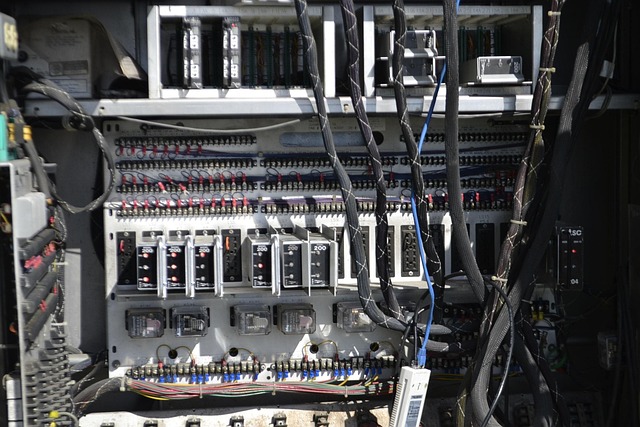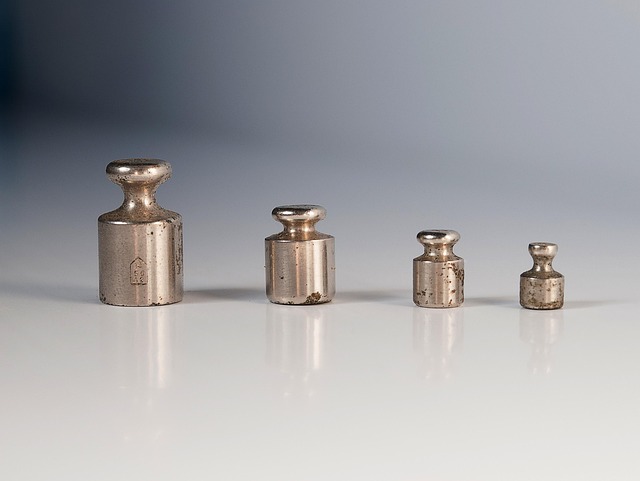When developers talk about creating truly immersive virtual and augmented reality experiences, the first images that come to mind are usually high‑resolution displays, realistic physics engines, and precise motion tracking. Yet one of the most understated, yet profoundly impactful, elements is the ability to sense and respond to temperature in real time. A temperature sensor embedded within a VR headset, controller, or peripheral can transform a purely visual and auditory simulation into a multisensory environment that feels genuinely alive. This article explores how integrating temperature sensors into hardware for virtual reality (VR), augmented reality (AR), and the metaverse can enhance realism, safety, and user engagement.
Why Temperature Matters in Immersive Tech
Human perception is a complex, multimodal process. Our brains constantly reconcile signals from vision, hearing, touch, and even internal temperature cues. When a virtual environment fails to provide congruent sensory feedback, the experience can feel “off” or even induce motion sickness. By feeding accurate temperature data into a VR or AR system, designers can align the thermal sensation with visual cues—such as a blazing campfire or a frosty mountain pass—thereby reinforcing the illusion of presence.
Moreover, temperature sensors add a layer of safety. In high‑intensity simulations—think military training or industrial safety drills—users may unknowingly approach overheating equipment or fire. Real‑time thermal feedback can prompt a haptic warning or an automatic system shutdown, preventing accidents that might otherwise occur in a purely simulated environment.
Common Temperature Sensor Technologies
- Thermistors – Negative temperature coefficient (NTC) or positive temperature coefficient (PTC) elements that change resistance with temperature. Ideal for low‑power, compact applications.
- Infrared (IR) Sensors – Non‑contact measurement of surface temperature, useful for scanning environments without physical contact.
- Thin‑film Silicon Diodes – Offer high precision and fast response times, making them suitable for handheld controllers.
- MEMS-based Thermocouples – Micro‑electromechanical systems that combine thermal and mechanical sensing in a single package, ideal for wearable AR glasses.
Each technology presents trade‑offs between size, power consumption, response time, and accuracy. Selecting the right sensor depends on the target use case—whether the goal is subtle ambient heat, direct contact heating, or a global temperature map of a virtual scene.
Architectural Integration: From Sensor to Experience
Integrating a temperature sensor into VR or AR hardware requires a thoughtful system architecture that bridges the physical sensor with virtual content. A typical pipeline involves the following stages:
- Hardware Layer – The temperature sensor is mounted on or within the headset, controller, or environmental fixture. Power and communication lines (e.g., I²C, SPI) connect the sensor to an embedded microcontroller.
- Firmware Layer – The microcontroller reads raw sensor data, applies calibration curves, and filters noise. It then formats the data into a standardized packet for transmission.
- Middleware Layer – On the host PC or cloud server, middleware interprets sensor packets, synchronizes them with positional data, and routes them to the rendering engine.
- Rendering Engine Layer – The engine injects temperature data into shaders or physics simulations, generating heatmaps, fog density changes, or even direct thermal effects on user avatars.
- User Interface Layer – Finally, the system delivers feedback to the user through haptic actuators, display overlays, or audio cues, creating a closed‑loop experience.
Robust communication protocols and precise time‑stamping are essential to maintain the illusion of real‑time responsiveness. Any lag between the physical temperature change and the virtual representation can break immersion.
Use‑Case Scenarios
Below are illustrative scenarios where temperature sensors elevate VR/AR experiences beyond visual fidelity.
“A VR firefighter training module uses temperature sensors embedded in the headgear to simulate the rising heat as the user approaches a virtual blaze. The headset warms subtly, matching the scene, which improves cognitive realism and reduces the cognitive dissonance that often causes motion sickness.” – Training Specialist
- Medical Simulations – Surgeons practicing minimally invasive procedures can feel the warmth of instruments or the cooling of a surgical site, providing richer haptic fidelity.
- Educational Labs – Students exploring thermodynamics can observe temperature gradients in real time, with the headset’s sensor providing accurate feedback on environmental changes.
- Gaming & Entertainment – Fantasy realms where fire or ice are integral can use temperature sensors to make the experience visceral; players feel the heat of a dragon’s breath or the chill of a frozen cavern.
- Metaverse Commerce – Virtual clothing retailers could let users sense the temperature of fabrics, enhancing the sense of touch before making a purchase.
- Remote Collaboration – When teams collaborate in a shared virtual space, the temperature sensor can indicate zones of increased activity or “hot spots” that require attention.
Design Challenges and Solutions
Implementing temperature sensors is not without hurdles. Developers must navigate thermal noise, power budgets, sensor drift, and user comfort. Below are common challenges and pragmatic approaches.
- Heat Dissipation – Sensors can generate heat themselves, which might skew readings. Using low‑power microcontrollers and placing sensors strategically with adequate airflow mitigates self‑heating.
- Calibration Drift – Over time, sensors can lose accuracy. Incorporating periodic self‑calibration routines, possibly during idle states, ensures long‑term reliability.
- Latency – Real‑time responsiveness is vital. Employing high‑speed serial interfaces (e.g., UART at 2 Mbps) and asynchronous data streams reduces perceived lag.
- User Comfort – Excessive heating can cause discomfort. Designers must balance the intensity of thermal cues with safe temperature thresholds (typically below 38 °C on the skin). Multi‑zone heating elements can target specific areas (e.g., palms) while keeping overall head temperature stable.
- Power Consumption – Adding sensors increases the power draw of VR headsets. Utilizing power‑saving modes (e.g., low‑frequency sampling when the user is stationary) helps conserve battery life.
Standards and Compliance
As immersive hardware proliferates, industry standards are emerging to govern temperature sensor integration. Some key points include:
- ISO/IEC 17025 – Provides guidelines for calibration laboratories that can be adapted for sensor calibration processes.
- IEEE 1812 – Specifies interface standards for sensor data in mixed‑media environments, promoting interoperability.
- Consumer Product Safety Commission (CPSC) – Establishes maximum permissible skin temperature limits to prevent burns in consumer devices.
- Bluetooth SIG GATT Profiles – For wireless sensor modules, GATT profiles define temperature characteristics and data handling.
Adhering to these standards ensures both safety and cross‑compatibility among VR/AR hardware from different vendors.
Future Directions: Adaptive and Predictive Thermodynamics
Looking ahead, the integration of temperature sensors is poised to evolve into a predictive, adaptive layer within immersive systems. Here are emerging trends:
- AI‑Driven Thermal Simulation – Machine learning models can predict how virtual objects will heat or cool over time, adjusting sensor outputs proactively to match anticipated environmental changes.
- Multi‑Modal Sensor Fusion – Combining temperature data with other sensory inputs (pressure, vibration, visual cues) enables a richer, context‑aware experience that can detect user intent and adjust thermal feedback accordingly.
- Personalized Thermal Profiles – Devices could learn individual user sensitivity to heat, automatically calibrating sensor thresholds to avoid discomfort while maintaining realism.
- Eco‑Friendly Materials – Advances in phase‑change materials and thermoelectric cooling can reduce power consumption while delivering precise temperature control.
- Distributed Sensor Networks – In large‑scale metaverse installations, a network of environmental temperature sensors can map the entire space, providing granular thermal data that enhances scene realism.
These innovations will blur the line between physical and virtual realms, making the user’s sense of presence indistinguishable from the real world.
Conclusion: The Heat of Immersion
Temperature sensors, once relegated to industrial or scientific contexts, have become powerful allies in the quest for authentic virtual and augmented reality. By providing tangible, real‑time thermal feedback, they deepen immersion, enhance safety, and open new avenues for creativity across gaming, education, healthcare, and commerce. As hardware continues to shrink, power budgets tighten, and user expectations rise, the thoughtful integration of temperature sensing will remain a critical component of next‑generation immersive ecosystems.




